The Magic of Turin’s Duomo: Between Art, Faith, and Memory.
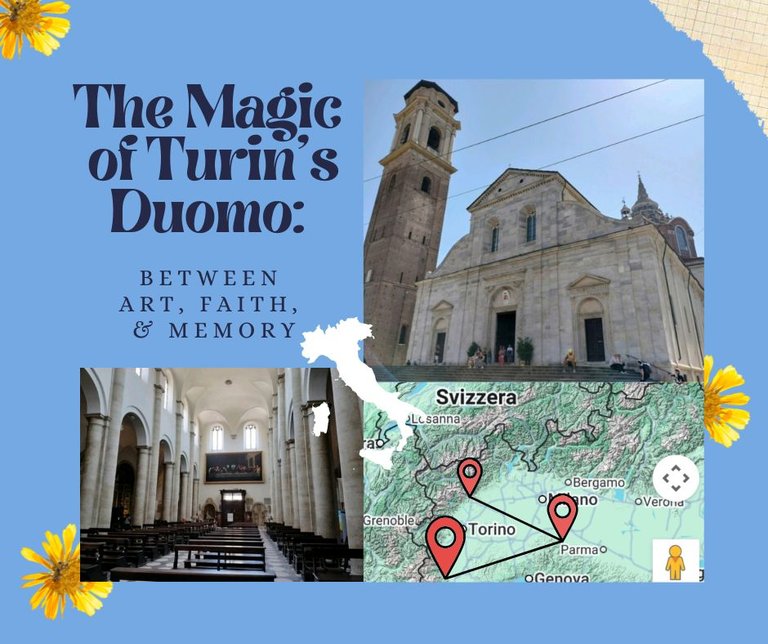
Hi everyone!
Today I want to take you with me to the heart of the beautiful city of Turin, in Italy.
While strolling through the historic center, of course I couldn’t help but stop in front of the Duomo and dedicate my post to it.
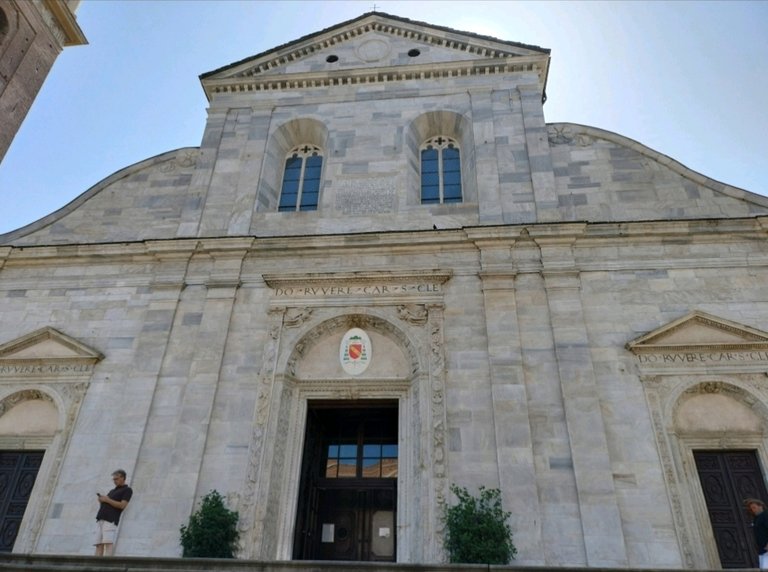
It’s not just a church, it’s a piece of history staring right into your eyes. Completely covered in Bussoleno white marble, a bold and modern choice back in the day.
You’ll notice three grand entrances, with the central one being the main door. The exterior’s tripartite division matches the inside layout: a wide central nave flanked by two narrower ones.
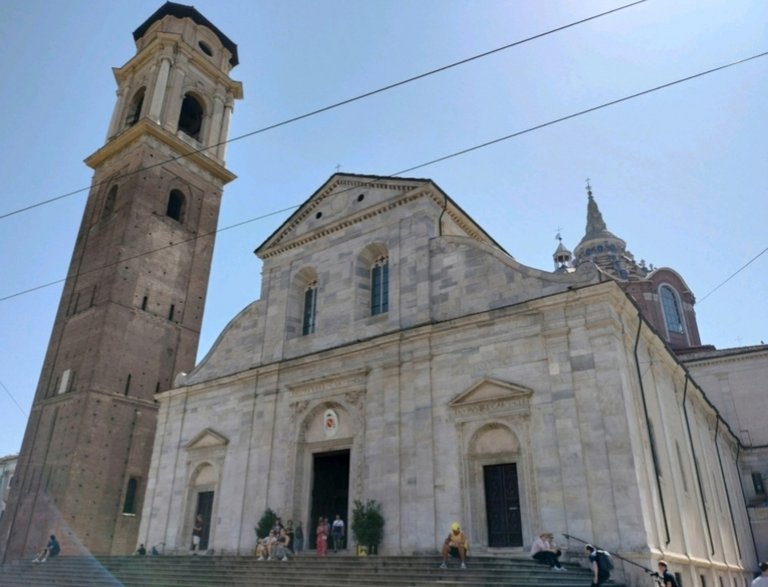
On the left, the bell tower rises tall in red bricks, original from the late 15th century. A classic medieval tower reaching for the sky for over 500 years.
Later, in 1720, Filippo Juvarra added a marble belfry in Baroque style.
So basically, it’s a powerful mix of Romanesque heart and Baroque flair, with a silhouette that dominates the square.

At first glance, the facade might seem simple, almost modest, but full of history. Then you step inside the Duomo… wow, everything changes.
The white marble wraps around you, making you forget the chaos outside.
The ceiling looks like a glowing canvas: white, sober, no frills. But in that simplicity lies a deliberate choice, no distractions.
The arches and pilaster semi-columns seem to converge toward the center, creating a sort of “false vault” in chiaroscuro. Like the ceiling is taller than it really is.
A subtle but clever visual trick.

The ceiling isn’t frescoed, nor does it have any trompe-l’oeil.
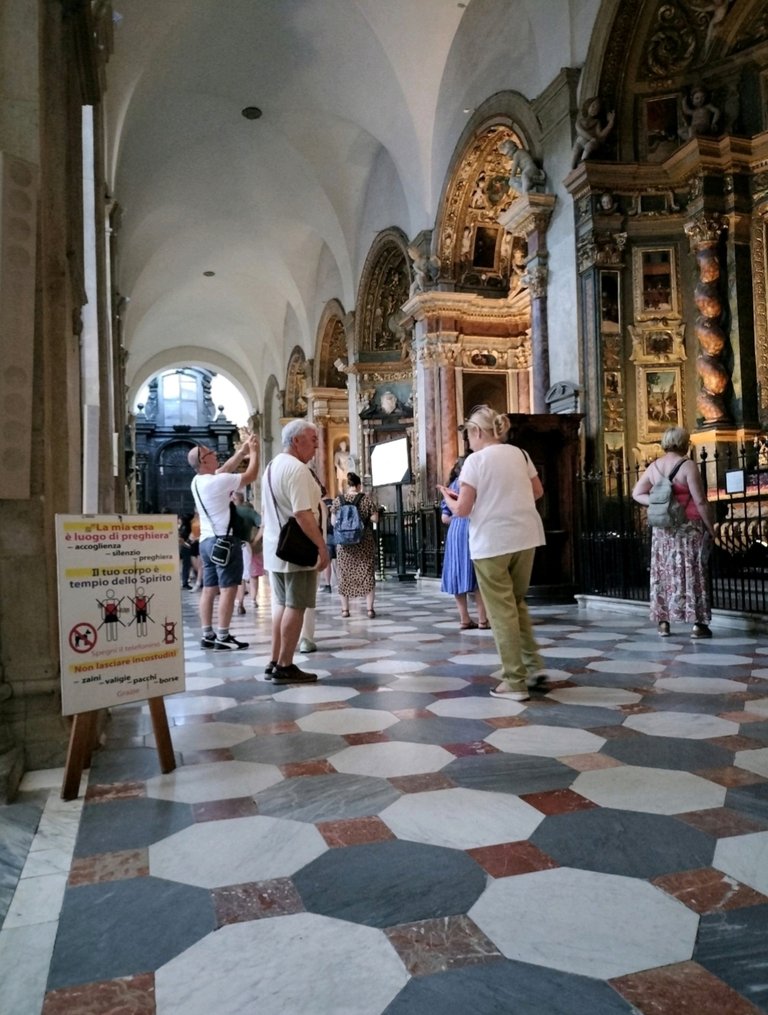
In this side nave, colors explode: golden decorations, multicolored marbles, and Baroque altars reflecting light with great intensity. Each chapel is a little jewel set within the nave, dedicated to a saint or a guild.
Here’s a glimpse of the Chapel of the Crucifix: Borello’s crucifix seems to emerge powerfully from the shadows. On either side of Christ, Saint Christina and Saint Teresa of Ávila stand out in white marble beneath a golden baldachin. Above, an ancient organ amplifies the altar’s sacred atmosphere.
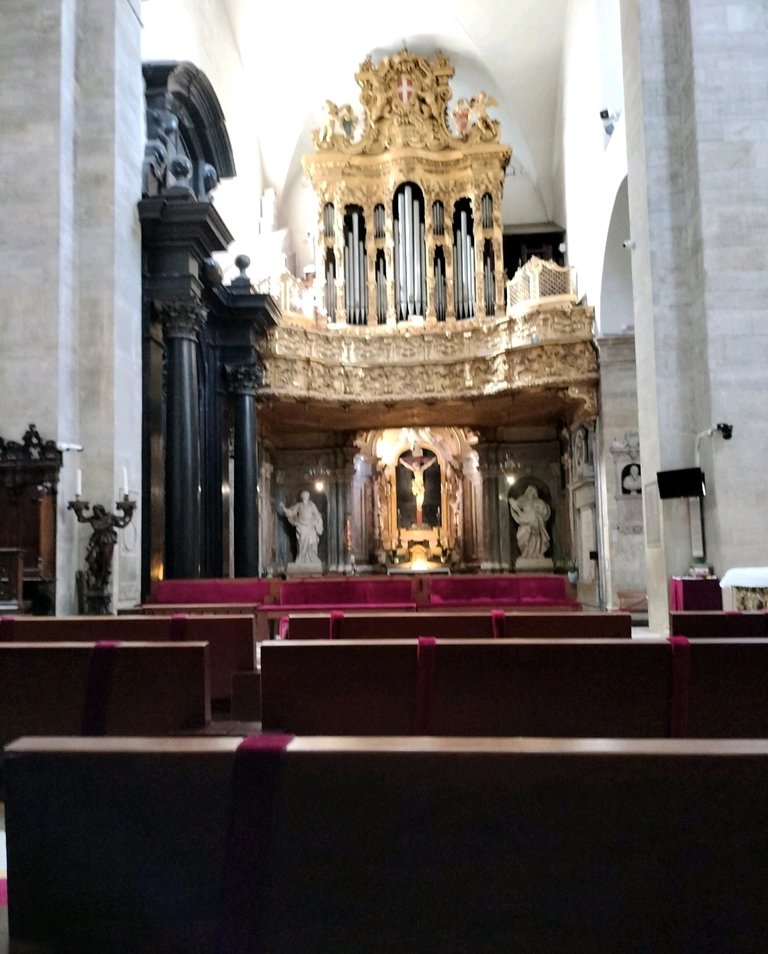
Another example of a chapel is the Madonna Grande.
A 15th-century painted and gilded terracotta statue, originating from an ancient paleochristian church.
The chapel is enriched by a sumptuous gilded and lacquered carved wooden frame.
The contrast between the ancient statue and the Baroque frame is a little visual spectacle.
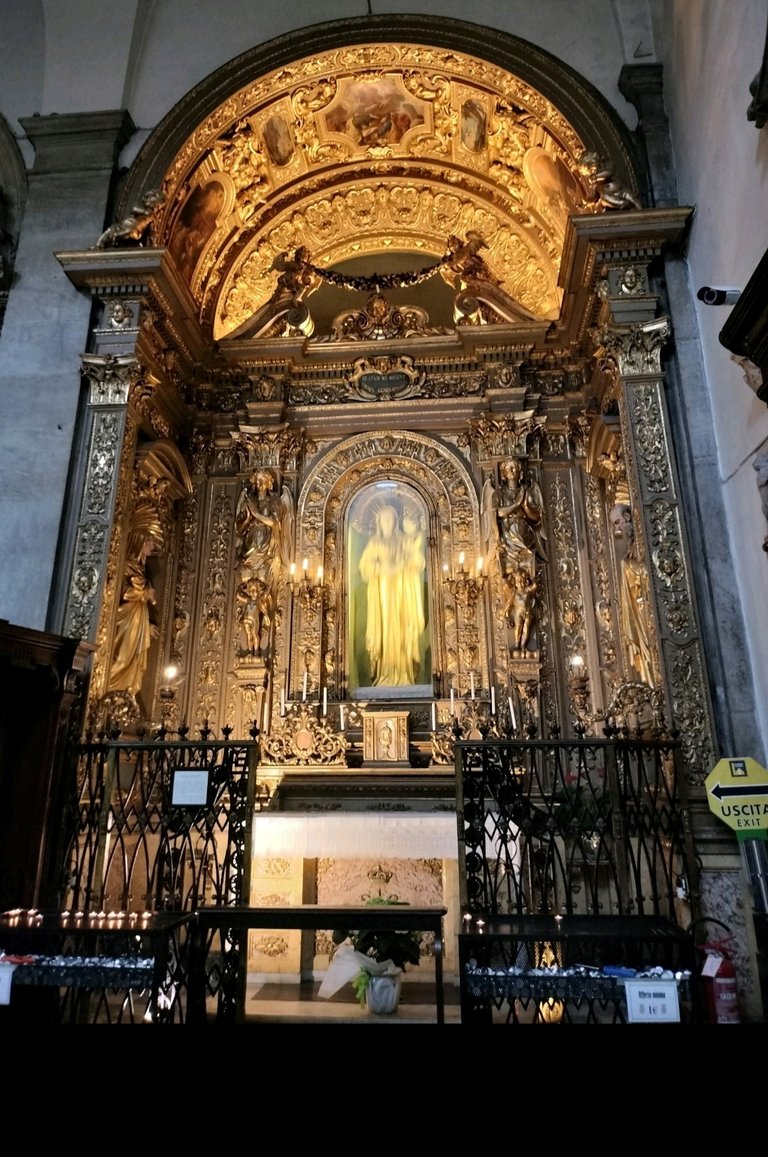
The Turin Cathedral, besides being a wonderful example of Renaissance art, is famous worldwide as the guardian of the Holy Shroud.
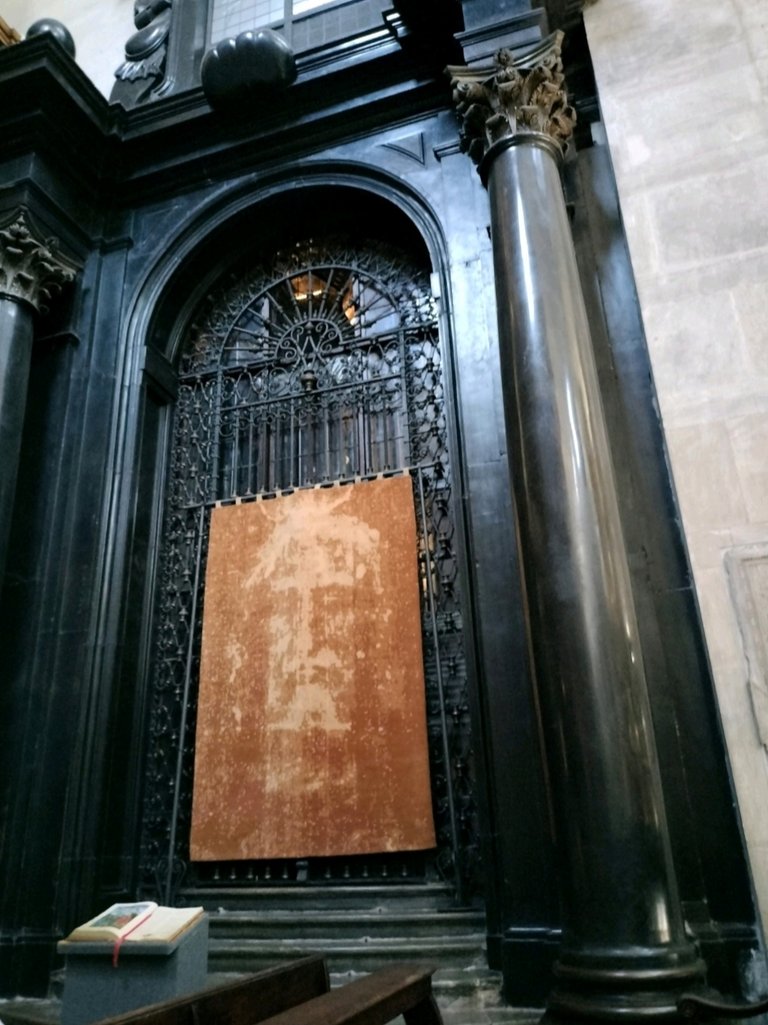
This one above is a faithful reproduction for visitors to the church, but it’s actually not on display.
The real one is kept like a treasure, inside a bulletproof glass case to protect it from weather and physical damage.
But it’s there, standing as a symbol of Christianity.

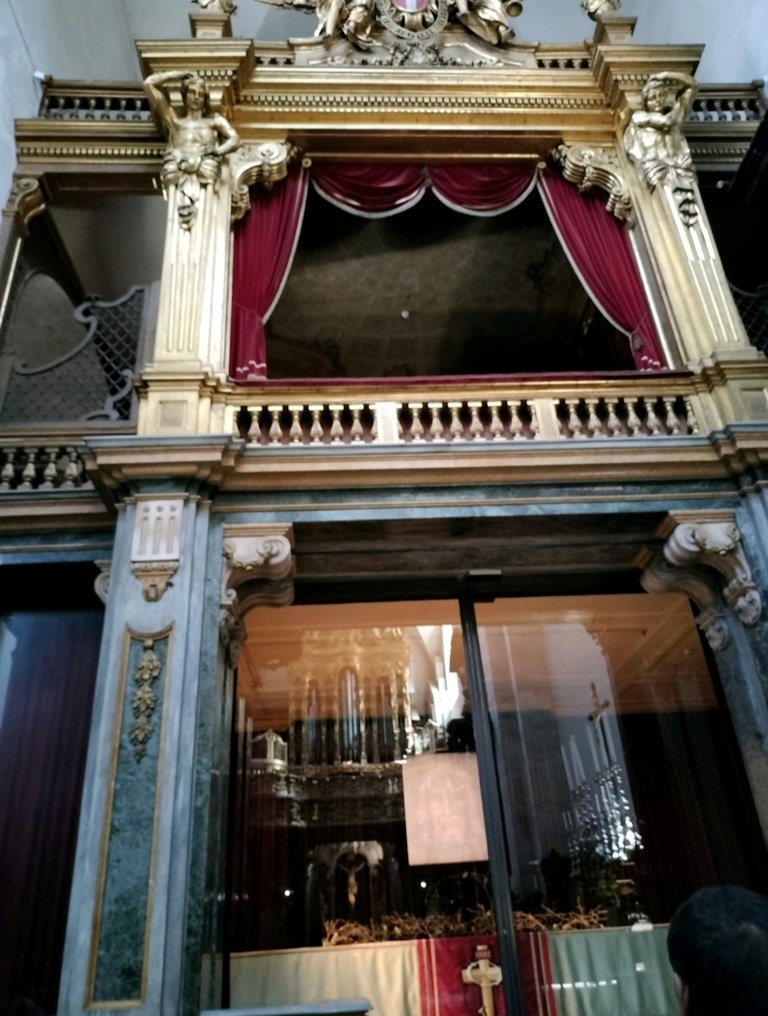
Talking about it almost feels like a sacred ritual; there’s silence all around, and even those who aren’t believers get caught up in the charm of sacredness, between history and spirituality.
And to think it came dangerously close to disaster: in 1997, a fire hit the Duomo and the Chapel. But thanks to the bravery of the firefighters, true silent heroes, the Shroud was saved, carried out through the flames.
A movie-like scene that Turin and all of Italy will never forget.
After the 1997 fire, the Shroud’s case was placed under the Royal Tribune, on the left nave of the Duomo.
Continuing the tour inside the church, on the wall opposite the altar, you find something unexpected: a giant copy of the Last Supper.
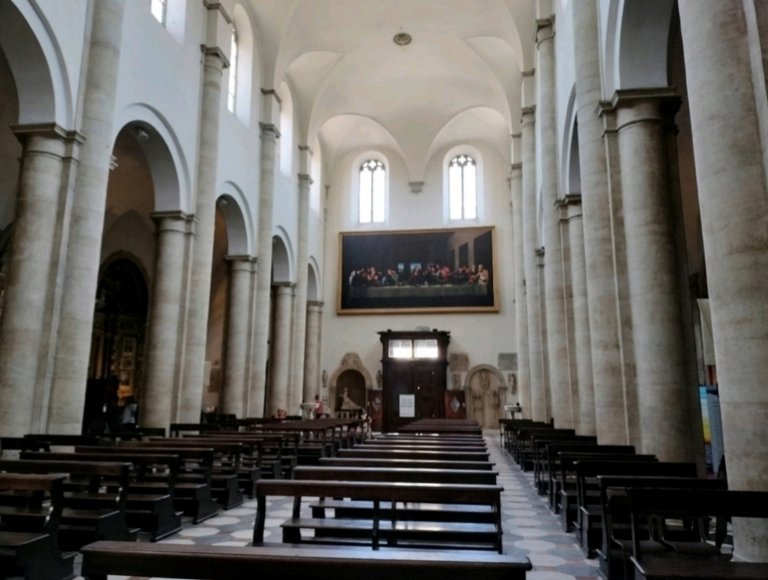
It’s not Leonardo’s original… but a faithful copy, made in 1835 by the painter Luigi Cagna from Vercelli. It’s huge, weighing almost 900 kg, painted in oil on wood.
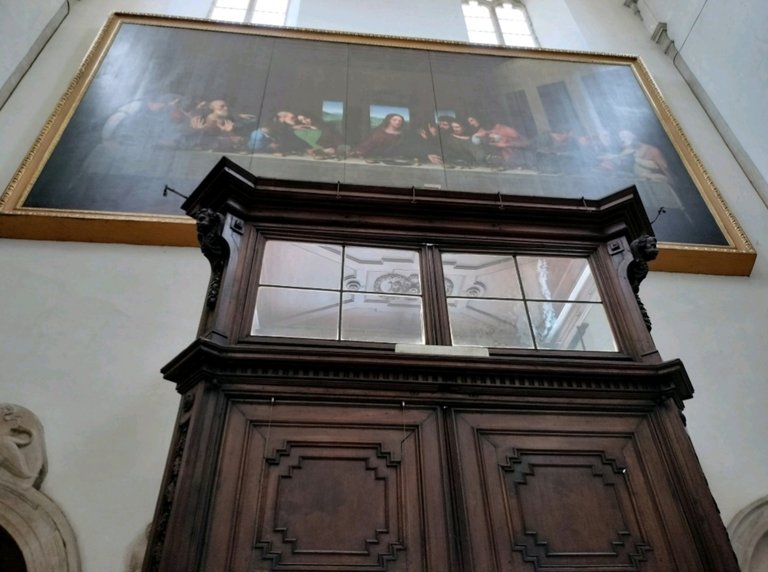
Commissioned by King Carlo Alberto, it was apparently originally meant for the Royal Palace’s main hall, but in the end the King donated it to the Turin Cathedral, considered by the Savoia as the very heart of Christianity—also because of the presence of the Holy Shroud.
And honestly… it fits perfectly there.
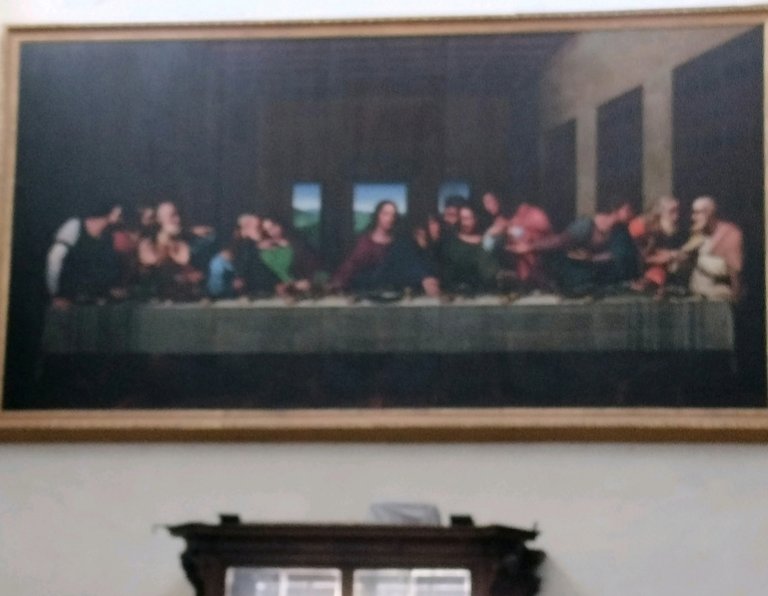
Cagna’s work is considered one of the best copies of Leonardo da Vinci’s Last Supper, both for its faithfulness to the original and the artist’s technical mastery.
Between 2020 and 2021, the painting was restored thanks to Rotary District 2031, and made accessible to the visually impaired through a tactile path: you can actually feel in relief the hands of Christ, John, and Judas.
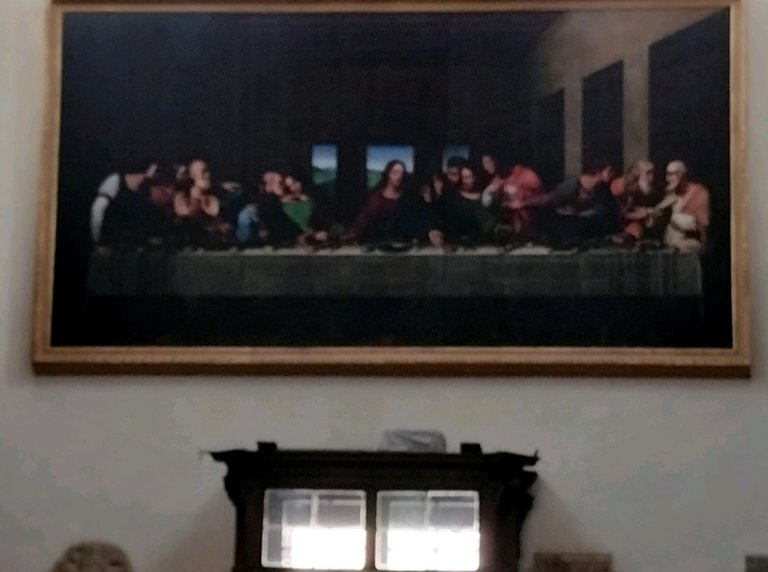
It's a meaningful initiative that brings together art, culture, and inclusion: the chance to experience a masterpiece through touch is a bridge between different worlds.
It moves me to know that even those who cannot see can perceive this painting through their hands. It’s truly a powerful message.
This is where my post ends.
Visiting the Duomo of Turin felt like taking a journey suspended between art, faith, and memory.
Every now and then, even just for a moment, entering a place like this reconnects you with something beyond history or art… it’s memory.
And in Turin, often, all it takes is to turn a corner to discover it.
I’ll end by saying you leave the Duomo in silence, but with something more in your heart. You don’t quite know what it is, but it stays with you for a while, even when you find yourself back in the real world.
Thanks for stopping by my blog.
All photos are my own, taken with my phone.
That white marble is stunning! ✨ Turin's Duomo looks like a real gem. 🐴
Thanks😊
Hello! Thank you very much for posting on the Worldmappin Community. We would like to remind you that one of the rules of our community is to pin your post to our map. This will give your post more reach, as well as have the chance to be featured in our daily Travel Digest 😃.
Quick guide on how to do it.
1 - Go to https://worldmappin.com
2 - Find the location of your publication on the map, you can do this by scrolling on the map or using the search bar.
3 - Click on the GET CODE button and then click on the exact location of your publication: a code snippet will be generated.
4 - Copy the code and paste it into the draft of your Hive post. Then publish it :)
The code will be invisible in your post, but a few minutes after publishing you will receive a comment informing you that your post has been added to the map.
Or you can directly pin your post to the map via PeakD. After drafting your post, click the map icon at the bottom. It's beside "Short preview description" and above the "Advanced" icon.
We suggest you read all the rules of our community here.
For any other questions, don't hesitate to contact our team on our Discord channel.
Cheers!
Thanks a lot for the info. I followed the guide for the code.
You are welcome @rikolo. Thanks for taking notice 👍
You can check out this post and your own profile on the map. Be part of the Worldmappin Community and join our Discord Channel to get in touch with other travelers, ask questions or just be updated on our latest features.
Congratulations @rikolo! You have completed the following achievement on the Hive blockchain And have been rewarded with New badge(s)
Your next target is to reach 200 upvotes.
You can view your badges on your board and compare yourself to others in the Ranking
If you no longer want to receive notifications, reply to this comment with the word
STOPCheck out our last posts: